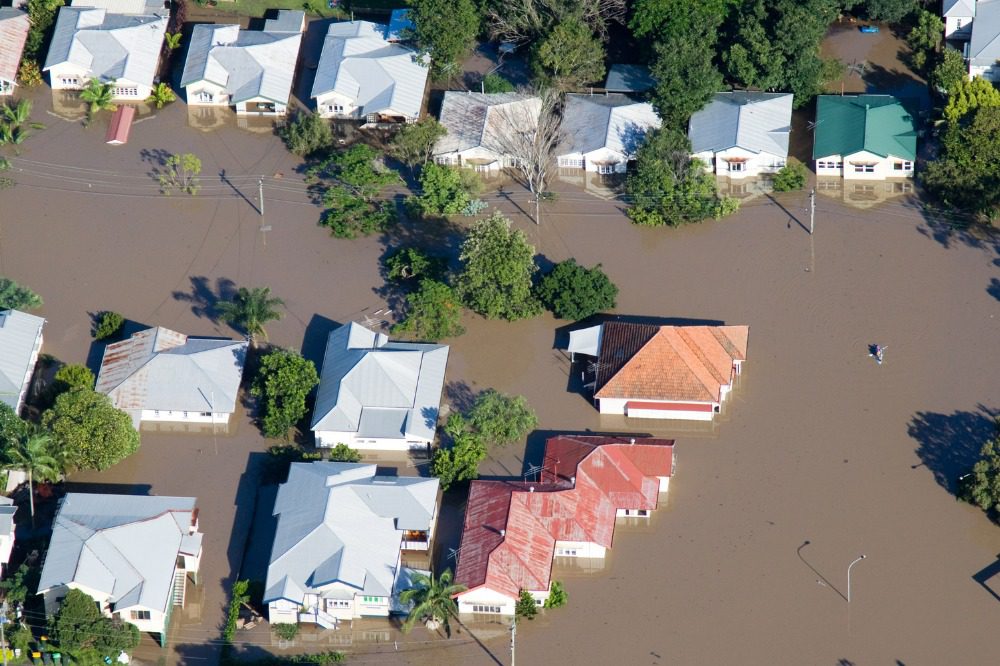Flooding and other water risks could cut US$5.6trn from GDP by 2050

Using a bespoke model, GHD has measured the damage of increased rainfall (which in turn, increases storm and flood risks) as well as longer, hotter drought periods, and wildfires. Results showed storms to have the biggest economic impact (49%), followed by flooding (36%) and drought (15%).
Loss varied by country and region depending on the state of the area’s infrastructure, local climate and geographic features, dominant industries, and local prevention systems, including existing government policies. Australia, the Philippines, and the US were expected to suffer an average economic decline of 0.5% to 0.7% in annual GDP in the years leading to 2050. On the other hand, the United Arab Emirates and the UK were estimated to have an average yearly impact to GDP of just 0.1%.
Of the five sectors critical to the global economy, manufacturing and distribution were expected to be hit hardest, costing USD4.2 trillion as water scarcity disrupts production and storms and flooding destroy infrastructure and inventory. However, GHD expected all five sectors – banking and insurance, energy and utilities, FMCG and retail, and manufacturing and distributions – to face significant output losses as well as impact on the millions of people working across these industries.
At the 2022 world economic forum held in Davos, Switzerland, a global group of experts launched a new commission to research the economics of water that aims to advise policymakers on water management, Reuters reported. Commission co-chair Tharman Shanmugaratnam said it was time to “transform how we govern water and the climate together”.
“The costs of doing so are not trivial, but they are dwarfed by the costs of letting extreme weather wreak havoc,” Shanmugaratnam said.





